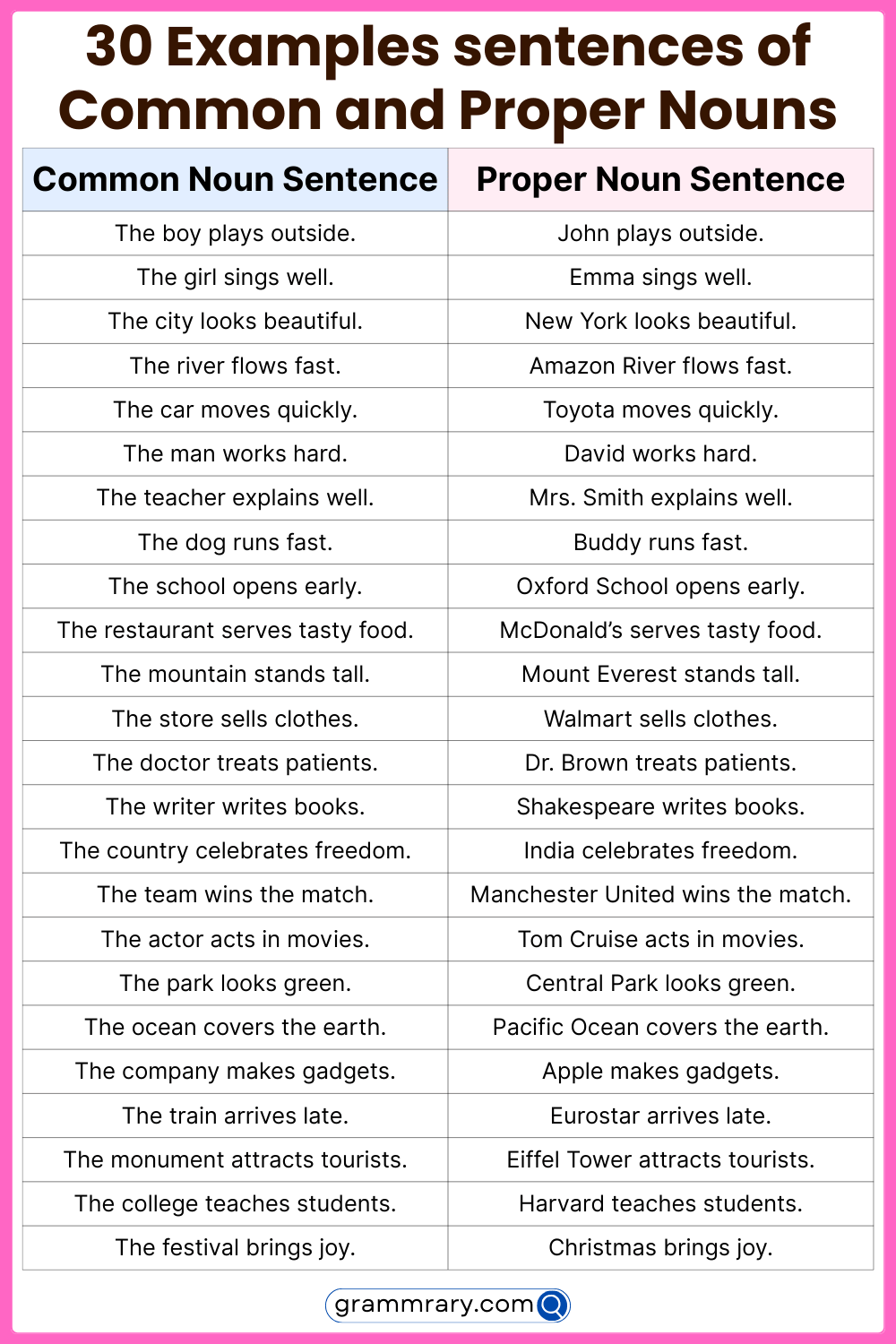Understanding the difference between a noun and a proper noun is essential for improving language skills. Nouns are an integral part of speech that refer to a person, place, thing, or idea. On the other hand, proper nouns are specific names given to particular persons, places, or things. Let’s delve deeper into the distinction between these two types of nouns.
One key difference between nouns and proper nouns is that while common nouns refer to general items, proper nouns specify unique entities. For example, “dog” is a common noun that can refer to any canine, while “Rover” is a proper noun that denotes a specific dog. Proper nouns are always capitalized, regardless of their position in a sentence, while common nouns are only capitalized when they appear at the beginning of a sentence or as part of a title.
Another difference lies in how these nouns are used in sentences. Common nouns can be preceded by articles like “a,” “an,” or “the,” while proper nouns typically stand alone without any articles. For instance, you would say, “I saw a dog in the park,” using the common noun “dog,” but you would say, “I saw Rover in the park,” using the proper noun “Rover.”
Additionally, proper nouns are specific names that are unique to a particular entity, while common nouns are more general and can be used to refer to multiple entities. Proper nouns can include names of people, cities, companies, and specific titles, while common nouns encompass categories like animals, objects, and concepts.
It’s important to note that common nouns can become proper nouns when used in specific contexts or when referring to unique entities. For example, “doctor” is a common noun when used generically, but it becomes a proper noun when referring to a specific individual, such as “Dr. Smith.”
In conclusion, while both nouns and proper nouns are essential components of language, they serve different purposes in communication. Nouns refer to general entities, while proper nouns specify unique individuals, places, or things. Understanding the distinction between these two types of nouns can help enhance writing and speaking skills.
